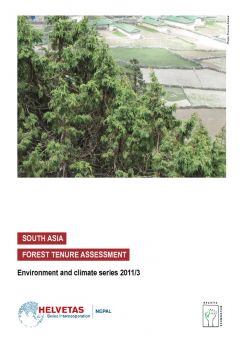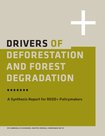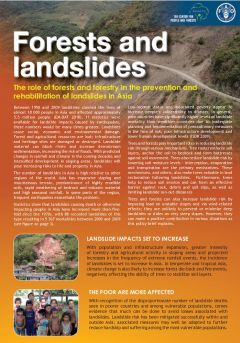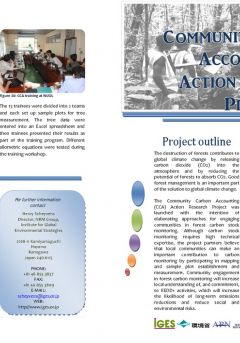South Asia Forest Tenure Assessment
An increasing body of evidence shows that forest governance and tenure reforms are central to mitigating a number of problems related to forests, and seriously affect forest-dependent people. On this backdrop, this assessment of South Asian forest tenure systems was initiated to provide a greater understanding of the tenure trends and status in the region that can potentially inform the policy process. This is the synthesis report of forest tenure assessments prepared by country consultants in six countries in South Asia: Bangladesh, Bhutan, India, Nepal, China and Pakistan.









